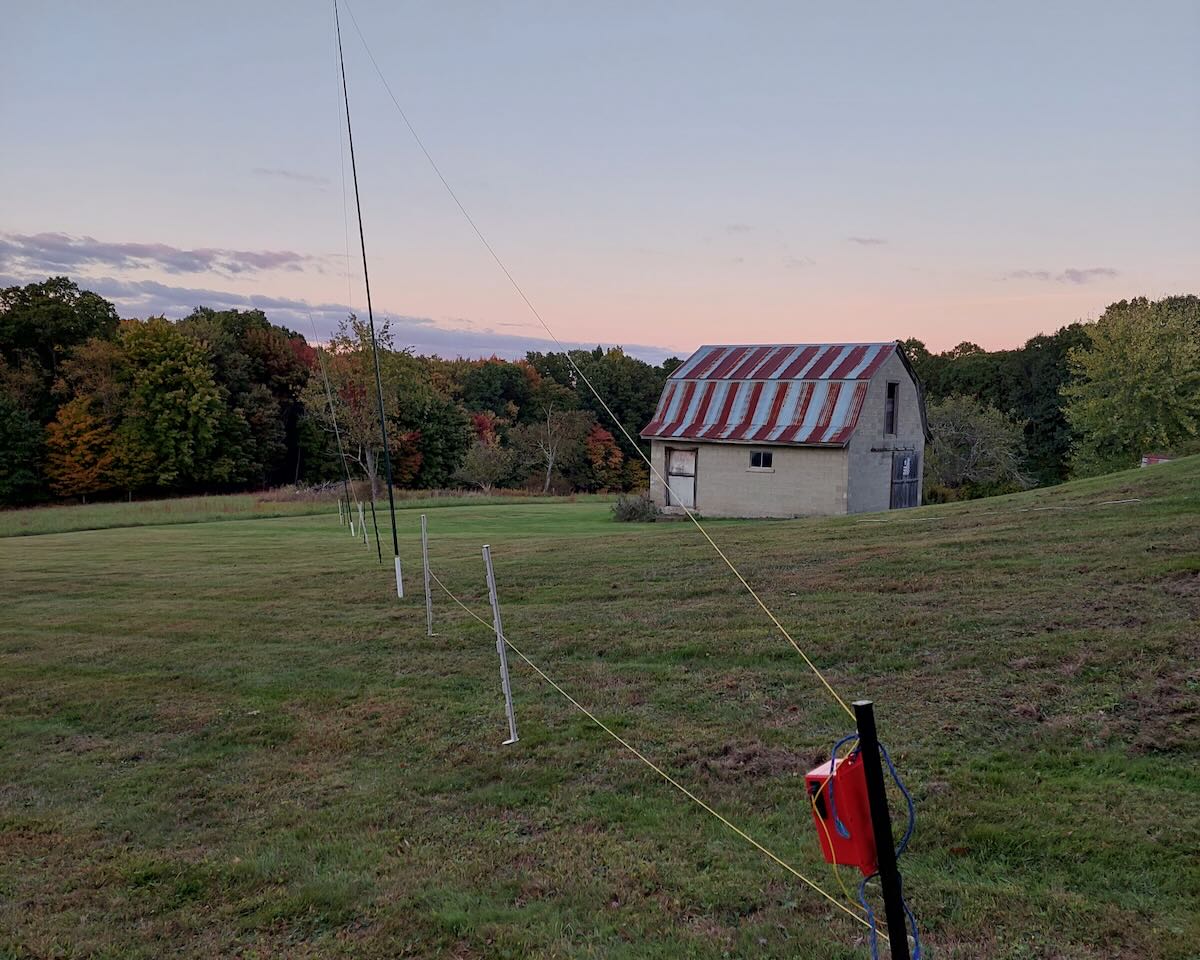 Many thanks to SWLing Post contributor, Don Moore–noted author, traveler, and DXer–for the following guest post:
Many thanks to SWLing Post contributor, Don Moore–noted author, traveler, and DXer–for the following guest post:
A DXpedition to East Sandy
By Don Moore
When I was in college over forty years ago, seven of us had a small DX club in central Pennsylvania. A couple of times a year we would gather at the house of one of our parents for an all-night DX session. We shared tips and ideas, had fun, and always heard some new DX. Good DX can happen anywhere if conditions are right and most of mine over the past fifty years took place at wherever home happened to be at the time. But most of my best experiences and best memories of DXing were not made at home. They were made by getting together to DX with other hobbyists such as we did back in college.
Nowadays when I get together to DX with other hobbyists it’s to go on a DXpedition, which is nothing more than taking your receiver to a place where DXing will be better than at home because there’s less noise and you can erect better antennas. Simple DXpeditions can be done from cars. My old friend Dave Valko used to go on what he called micro-DXpeditions. He drove to a remote spot in the mountains not far from town, laid out a few hundred feet of wire, and then DXed from his car for a couple hours. He frequently did this around dawn and around sunset and got some great DX. I know several other DXers that do this today, either at countryside locations or in large parks.
I’ve done micro-DXpeditions a few times. It’s fun but it always lacks an important element: other DXers. For me, the best DXpeditions aren’t just about hearing interesting stuff (although that is very important). They are also about sharing the hobby with other interested friends. And the best way to do that is to go on a real DXpedition with them.
For three years in a row prior to the pandemic a group of eight of us had rented a lodge in rural central Ohio for an annual DXpedition. Covid shelved our plans for 2020 but by the summer of 2021 we were all looking forward to a fourth DXpedition in September. Then another wave of covid swept across the country and we canceled a few weeks before the event. Fortunately, the worst of those days are behind us and we finally had our fourth DXpedition the first week of October of this year. Unfortunately, only five of us could make it – Ralph Brandi, Mike Nikolich, Andy Robins, Mark Taylor and I.
For four nights our DXpedition home was the same place in western Pennsylvania that we had canceled at in 2021. The location was a rural house on the bluffs overlooking the Allegheny River near the old East Sandy railroad bridge (now a hiking trail). It’s always a gamble going to a new place chosen solely based on the AirBnB listing and other information found online. But this site had all the appearances of being a good place to DX from. The pictures and Google satellite view showed that there were trees around the house and large nearby open fields surrounded by woodland. The terrain was relatively flat when viewed on 3D satellite view. We would have plenty of space for a variety of antennas. Furthermore, it didn’t look to be a noisy location. The nearest neighbor was over a quarter mile to the south and because the house was the last one on the road that powerlines stopped at the driveway. I couldn’t have done much better if I had designed the location myself.
ANTENNAS
Good antennas are the most important part of any DXpedition and erecting them is usually the most time-consuming part of set-up. Still, you never really know what’s going to fit until you’re there. I arrived at 2 p.m. and Mark pulled in a few minutes later. We immediately walked the grounds and were pleased with what we saw. Ralph arrived while we were laying out the first antenna. Mike and Andy arrived later in the afternoon in time to help finish up.
Our DXpedition antenna farm consisted of two delta loops, a DKaz, and two BOGs. The delta loops used Wellbrook ALA-100LN units and are as I described a few years ago in my article on radio travel. These are easy to erect and are good all-around antennas for anything below 30 MegaHertz. The DKaz (instructions here) is a rather complex-to-build antenna designed for medium wave. Ralph uses one at home which he had taken down for the summer to make yard work easier. He brought the pieces and put it up by himself. The two BOGs (Beverage-on-the-ground) were a 300-meter wire to the northeast and a 220-meter wire to the north. Beverages are good for long wave, medium wave, and the lower shortwave frequencies.

The BOGs are grounded and connected to coax via 9:1 or 10:1 baluns. A plastic bag keeps the morning dew off the connections. (Don Moore)
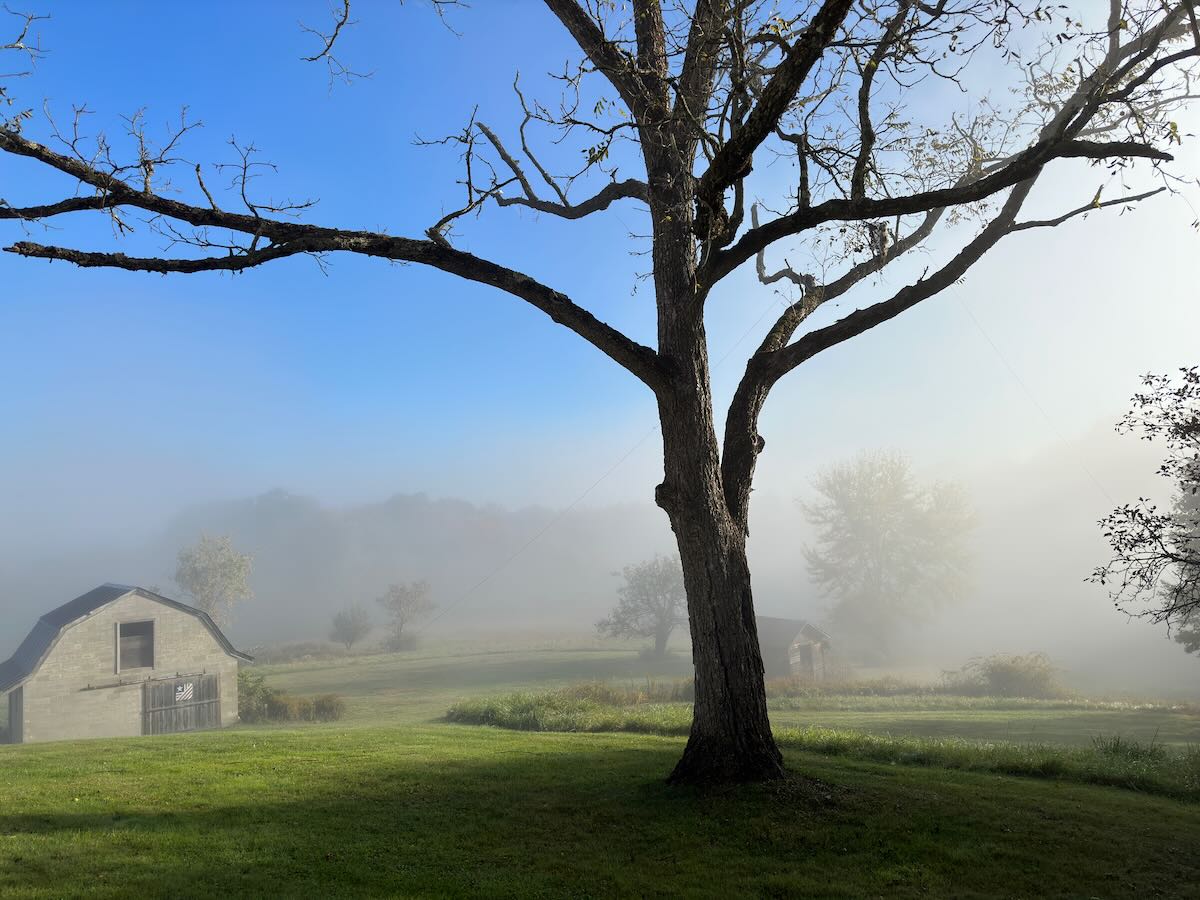
Barely visible here, the second delta loop was supported by a high branch in this tree. (Ralph Brandi)
THE INSIDE SET-UP
At some DXpeditions everyone erects and listens on their own antennas but our goal is to give everyone access to all the antennas. Doing that requires using antenna splitters and Brett Saylor has built up a collection by watching for used units on eBay. Brett couldn’t make it this year but he did lend us his board with eight splitters, each with ports for either six or eight receiver connections.
The dining room made the best place to set up listening posts. We moved a few decorative items out of the room (taking note of where to return them) and shifted the dining room table around. We then added folding tables brought by Mark and Don. There was just enough room for the five of us. The key was to have everyone centered around the antenna connections. By moving a little furniture, we could have added two or three more listening posts in the adjoining living room.
The shack pictures look like a computer hacker convention as we all brought SDRs for our primary receivers. Mike and Mark each had a Perseus while Andy had an Airspy HF+. Ralph brought a Perseus, an Elad FDM-S3, and an Airspy HF+ Discovery while I had an Elad FDM-S2 and two Airspy HF+ Discoveries. The only traditional radios were Mike’s Icom IC-7300 and Mark’s Tecsun H-501X.
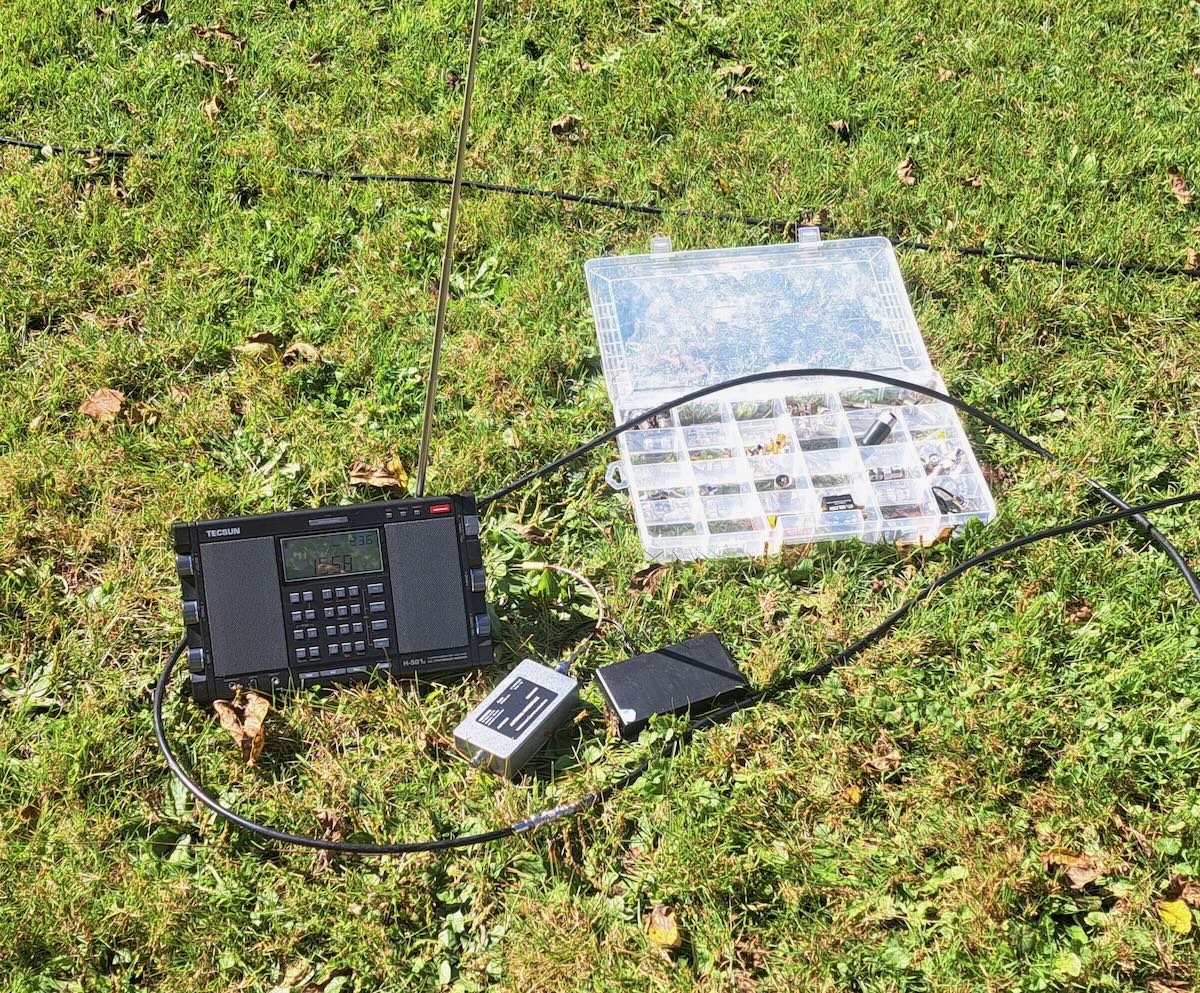
Mark’s Tecsun H-501 was very useful in trying to locate which length of coax had a short in one of our antenna lead-ins. (Don Moore)
This picture of our antenna table may look like a rat’s nest of cables but the system is more organized than it appears. Notice that each black coax coming through the window is wrapped with a different color of tape or ribbon. The coax is wrapped on each end and that makes it easy to keep track of which coax belongs to which antenna, for example silver is the northeast BOG. Most of the common equipment such as adapters and short coax runs belongs to either Brett, Mark, or I. We also use color coding to keep track of what belongs to who. All of Brett’s stuff is marked with a dot of red nail polish. I use a dab of sky-blue paint and Mark uses purple paint. Finally, an old towel in the window where the coax comes in keeps out both the cold and any insects looking for a warm place to spend the night.
TIME TO EAT
After DXing, the second most important activity at any DXpedition is eating and drinking. Or maybe that’s the first and DXing comes second. At some DXpeditions everyone brings their own food and cooks for themselves. We do a hybrid approach. Everyone brings their own breakfast items and some beverages and snacks to share. Then each day we make one main meal that we eat together. (The costs are added to the rental fee and everyone pays a share.) Leftovers and trips to town make up the other meals. I made a big pot of chili the first night and my mother kindly donated a homemade apple pie and a loaf of homemade bread. On Monday Mike made his traditional pasta lunch, Mark made turkey-bean soup on Tuesday, and Wednesday was meatball sandwiches. Good beer and a bottle of artisanal rum provided a little extra kick to the fare.

The perfect DXpedition beverage – good beer in a glass from Radio Rumbo, Costa Rica, once on 6075 kHz shortwave. (Ralph Brandi)
THE RESULTS
Although we erected five main antennas, we never expected to use them all equally. We had four days to DX and conditions can change every day. And you don’t really know how any given antenna is going to perform until you start using it. I find that typically one antenna gets about 75% of the use but it takes at least a day to know which one it will be.
As expected, the BOGs were very quiet and worked well on longwave and medium wave. The northeast BOG was positioned in hopes of a good trans-Atlantic opening on medium wave while the north BOG was left unterminated in hopes of reception from Latin America off the back. With the right conditions either of these might have been the most-used antenna. But conditions on long and medium wave were just average and the only overseas DX heard was a few stations from Cuba. We all ended up doing most of our DXing on shortwave, which should have made the delta loops our go-to antennas. At past DXpeditions they’ve always been the best for shortwave. They both did well but the DKaz outperformed them both, even though it’s nominally only for medium wave. As usual, one antenna did most of the work.
EVERYONE SPEAKS
Andy: I mainly used Ralph’s DKAZ antenna. Reception highlights for me were Indy Radio, the Spanish pirate on 6931 kHz AM; Radio Europa 6130 kHz in the Netherlands; and the amazing reception of Radio Vanuatu on 11835 kHz until 1100 UTC sign-off one morning. 4KZ 5055 kHz Australia was “there” every morning but IDs, as usual, remained elusive. I managed to log 51 radio countries during the DXpedition.
Ralph: It was great to finally get to my first DXpedition since the before-times. It was good to see old friends and share food and shoot the breeze. In some ways I get better reception on the stations I’m interested in from my home on the Jersey Shore, but it was great to be in such a quiet location. I bought my FDM-S3 last year mostly for its potential to do FM DXing, but secondarily for the idea that it would be interesting to bring on a DXpedition and record huge swathes of spectrum. And so it was. In the evenings, I set the S3 to record from mediumwave up to 31 meters. During the daytime, I would record from 49 meters up to 19 meters. And around sunrise and sunset, the last day I opened the radio fully up and recorded from mediumwave to 20 MHz. It helps that hard drive sizes are getting larger and prices relatively smaller. I filled half of a 16 TB drive with recordings.
Mark: The DXpedition was very satisfying in many respects: wonderful companionship and fellow DXers – Don, Ralph, Mike, Andy without whom this would have been much less fun, educational and enjoyable. DX was reasonably good for the bands and areas of the RF spectrum I was hoping to hear. Accommodations were comfortable as well as convenient for DXing. Thanks to Don for finding and arranging this location. I knew this was going to be a good DXpedition when the first log was PBS Xizang – Baiding, China, 0113 on 4905. There were too many good catches to log here, so I will keep to the new or rare stations – Solomon Islands (5020), Radio Quillabamba Peru (5025), 4KZ Australia (5055), Harmony Radio (5775), Radio El Prado (6017), ELWA (6050), Radio Europe (6130), Indy Radio (6131), Bangkok Meterological Volmet (8743), Thazin Radio (9590), and Radio Vanuatu (11835). It is worth noting that I also heard North American pirates: YHWH, Zeeky, and Sycko.
Mike: With the demise of shortwave and fewer stations to target, I treasure the opportunity to DX from a quiet location using my Perseus SDR with a variety of Delta Loops and beverage antennas. While conditions were nothing special during our trip to Kennerdell, Pa., I still managed to hear close to 50 countries via shortwave and longwave. Highlights included strong signals from Peruvians Radio Tarma-4775 and Radio Quillabamba-5025, plus the always-reliable signals from Radio Mali-5995 and SLBC-Sri Lanka-11905. Pleasant surprises included solid signals from ELWA Liberia-6055, Afghanistan Int’l TV on 7600 kHz (including some English), Radio Europe International from Holland on 6130 kHz, Germany’s Channel 292 on 3955/9670, Voice of Vietnam in English on 9840, and Radio Vanuatu on 11835 kHz. When I wasn’t monitoring the shortwave bands, I spent hours logging and taping Canadian and American NDBs on longwave, several of which are leaving the air during the next six months. I also was delighted to hear BBC-4 Droitwich on 198 kHz, which is closing soon, and Radio Medi-1 171 kHz. Neither of these stations are easy catches in Chicago or Bradenton, Florida, where I live.
What keeps me coming back is the opportunity to spend quality DX time with Don, Andy, Ralph and Mark, all of whom I consider good friends, as well as great DXers. These trips always reignite my interest in the hobby, and it was an added bonus for Andy and I to use our ham radio skills to activate POTA park K-8746 near Oil City, Pa. I’ve never had the chance to DX from Maine or Oregon, but both locations are on my “To-Do” list! It would be a treat to experience the thrill of Trans-Atlantic and Trans-Pacific medium wave and longwave DXing…
Don: It was an all-around great time and I’m already looking forward to getting together with everyone again next year. My SWBC highlights were logging the Colombian pirate on 6017 and low-powered Radio Europe on 6130 from the Netherlands. It was also fun hearing Brazilian station Radio Voz Missionaria play a Portuguese version of ‘Blowing in the Wind’. On shortwave I mostly concentrate on utility DX now and was pleased to get a relog of the Colombian Coast Guard station from San Andres Island on 8210.5 kHz. Like Ralph, I made a lot of spectrum recordings that I’m still going through. There wasn’t much coming in on my favorite 2 MHz band but I did get my first definite Pennsylvania log of Torshavn Radio from the Faeroes Islands on 2182 kHz. I also found Nandi Radio from Fiji on the air-band frequency of 8867 kHz. I also made lots of interesting digital utility logs including an Italian Coast Guard Cutter, a Brazilian naval station, and a Chilean police post.
Ready to Go?
As this article illustrates, a good DXpedition takes some planning. The key is to have a good group of hobby friends who work together. In North America there are several groups such as ours that regularly hold DXpeditions but they aren’t open to anyone. No one gets invited unless there’s space and they are known personally by someone already in the group. Most DXers I’ve meet are good company but there have been a few I wouldn’t want to spend four days with at a cabin in the woods. But anyone can put together a DXpedition with their own group of hobby friends. And if you don’t personally know other hobbyists, it’s a good reason to begin attending DX meetings or even to arrange a get-together in your area. It may not take long to find a group of like-minded people.
I don’t believe any group anywhere in the DX-listening hobby has done more DXpeditions than the Michigan Association of Radio Enthusiasts (MARE). Since 1985 the club has held over 125 official DXpeditions, mostly at ‘primitive’ cabins at state recreation areas. Primitive means there is no electricity (battery-operated radios only), no running water, and toilet facilities that, well, let’s just say they are very old-fashioned. I’ve been to about a dozen MARE DXpeditions over the years and at every one I’ve heard some good DX and had a lot of fun. MARE DXpeditions are open to all club members. Check them out if you live in the Great Lakes area.
Some of the better-known DXpeditions are held in coastal locations. The coast is definitely the best place to go if you are interested in international medium wave or longwave DX. But if getting to the coast isn’t practical for you don’t let that stop you from doing a DXpedition. There’s good DX to be heard at any suitable rural location where you put up decent antennas. And always remember that DXpeditions aren’t just about hearing DX. As my friends in MARE always say, the number one rule is to have fun.
LINKS
- Our East Sandy Location: https://www.airbnb.com/rooms/23417940
- Our Ohio Location: https://www.airbnb.com/rooms/14424981

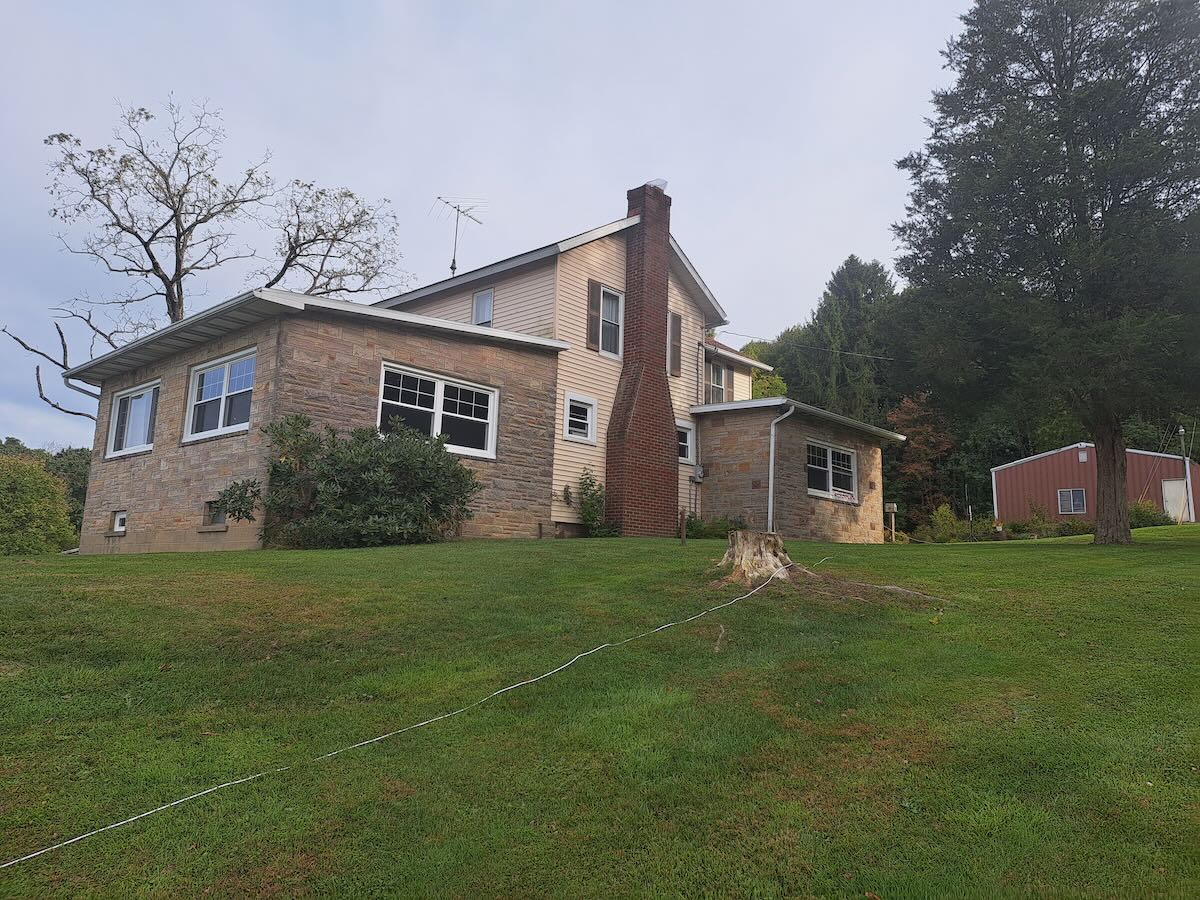

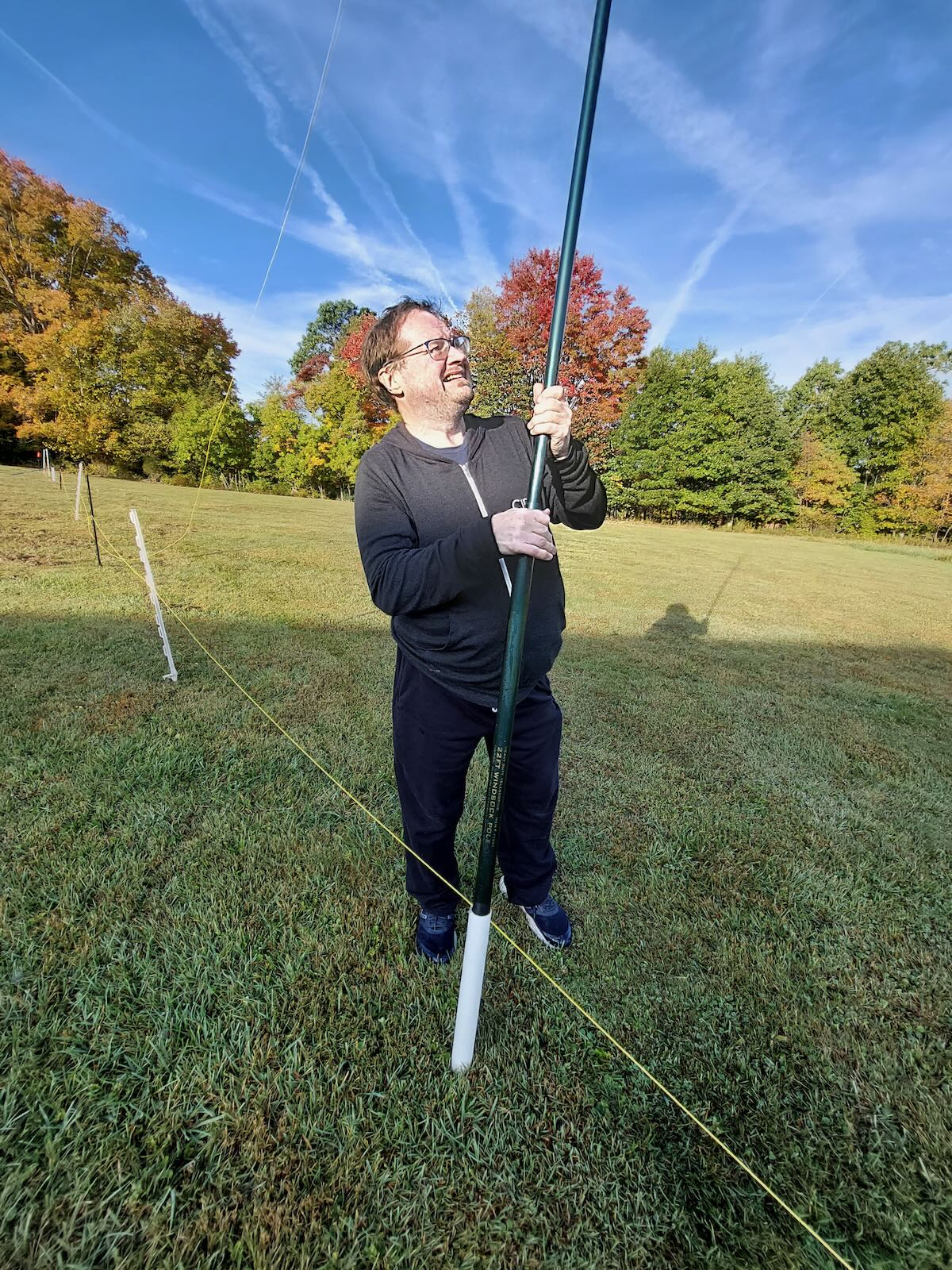

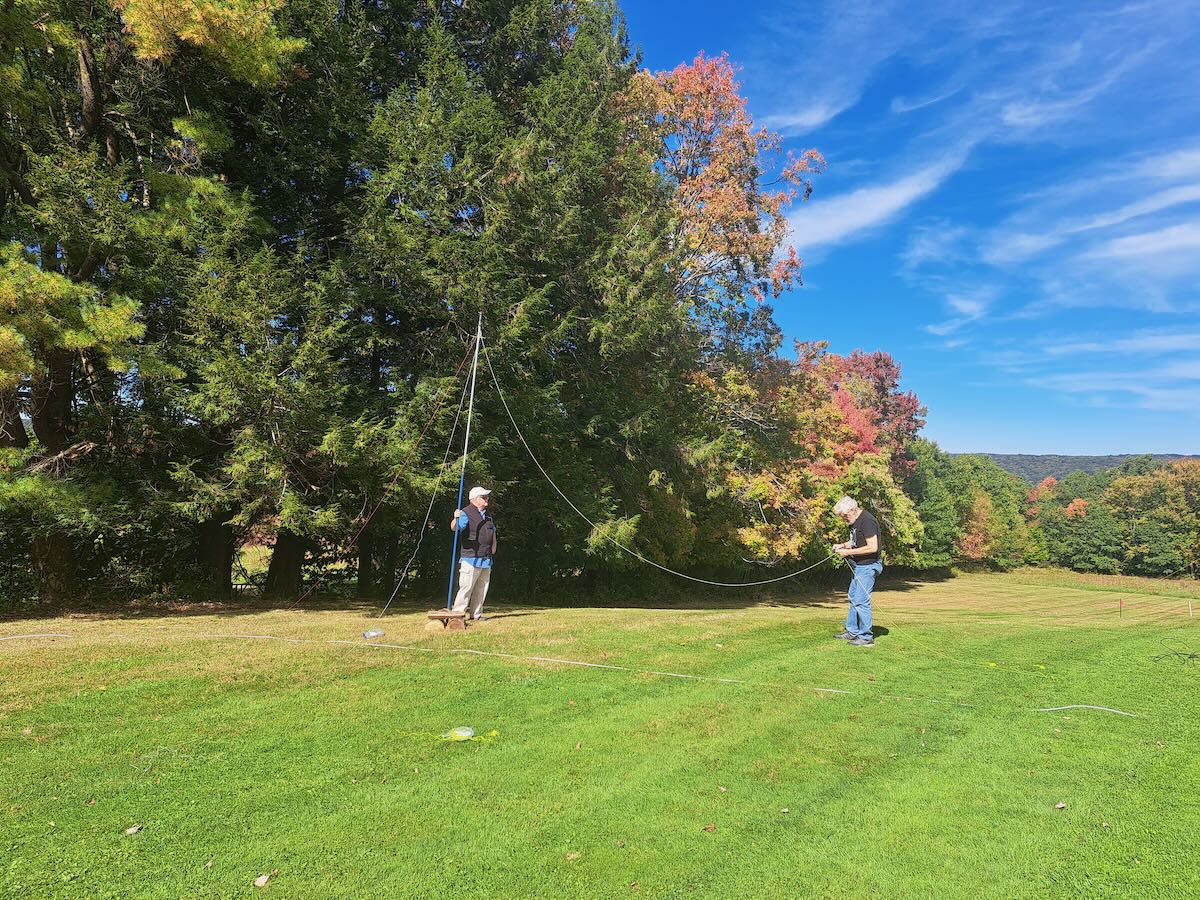

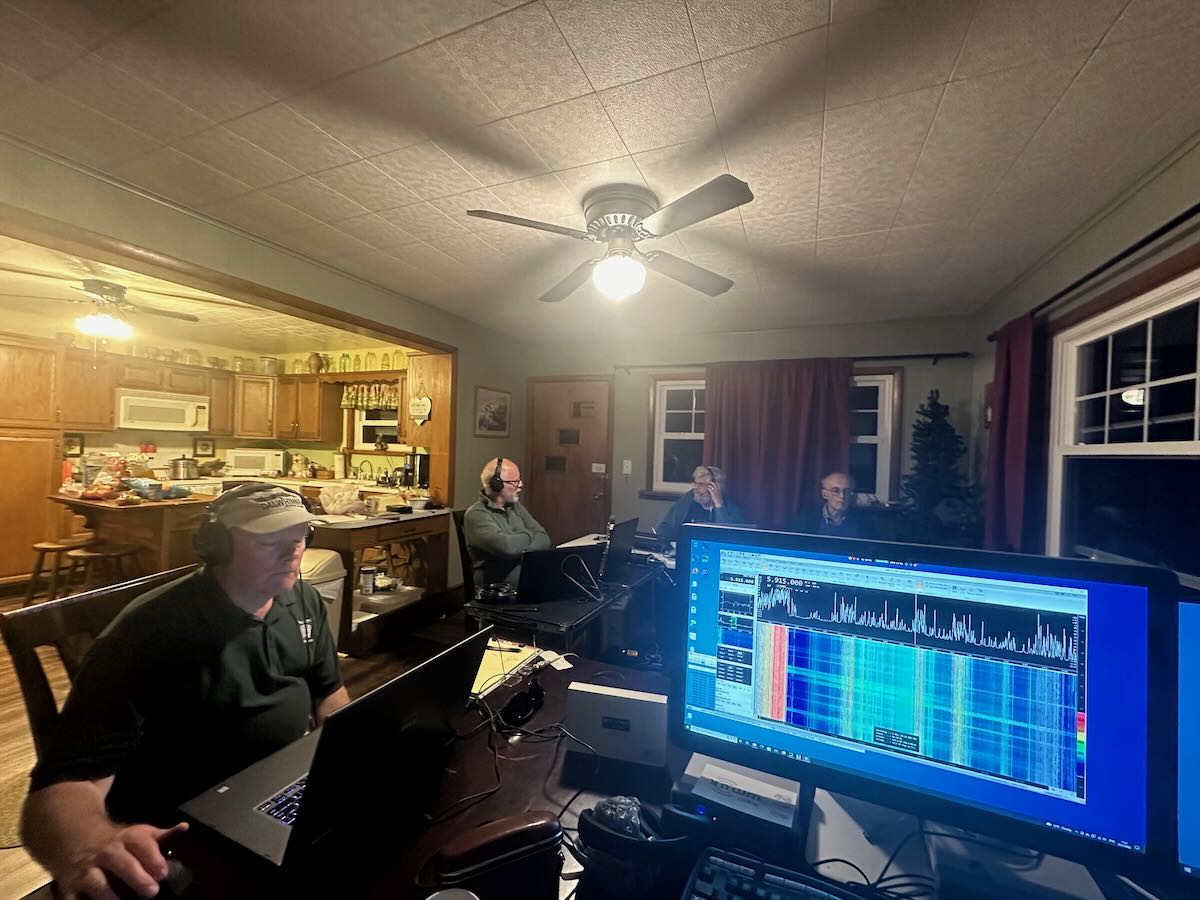
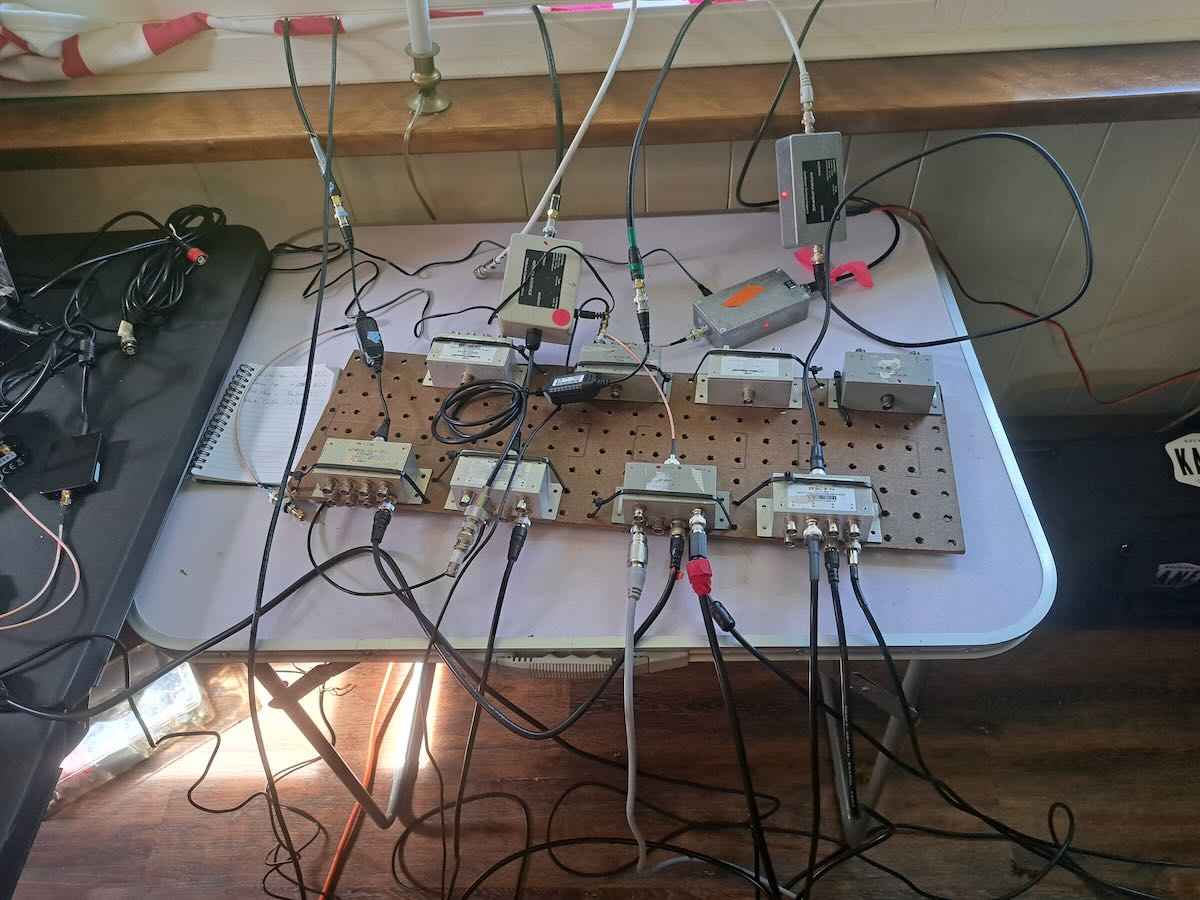
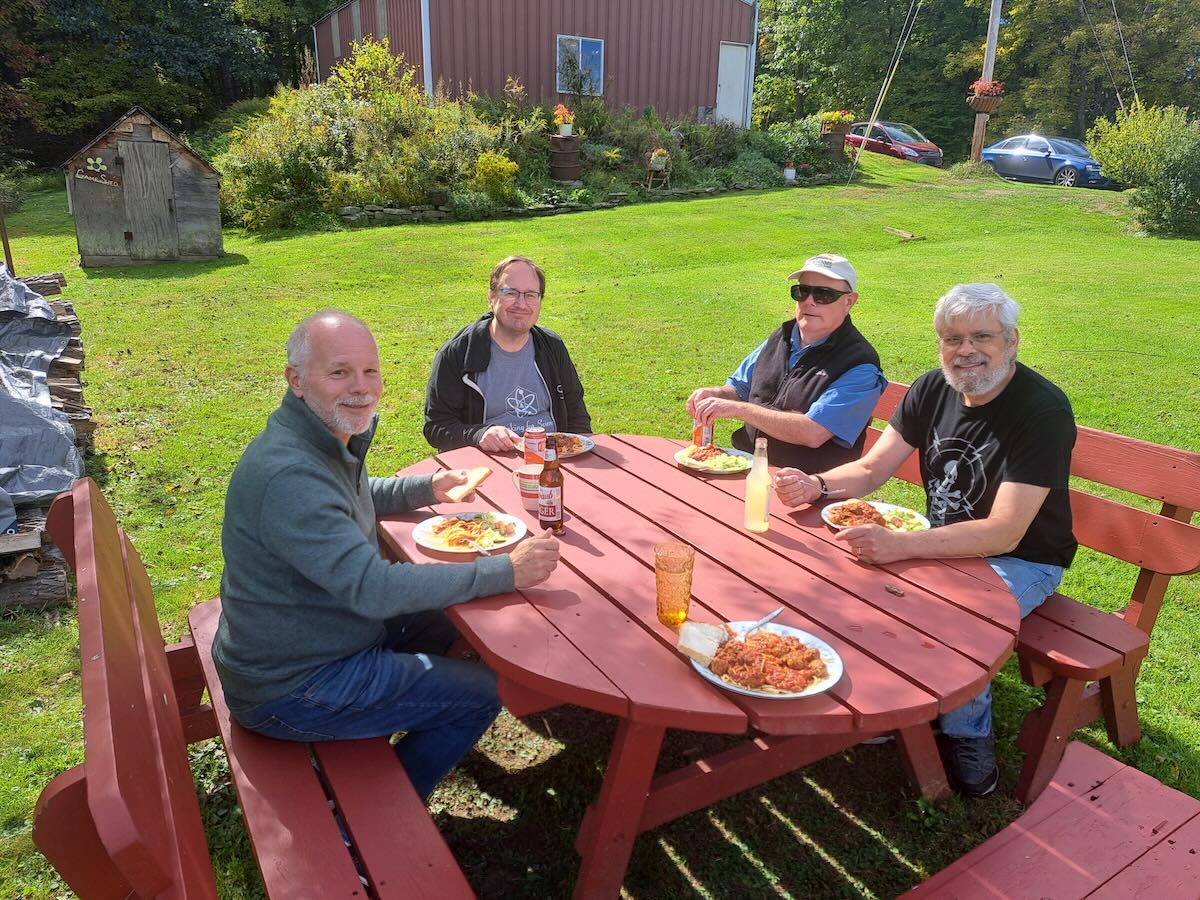
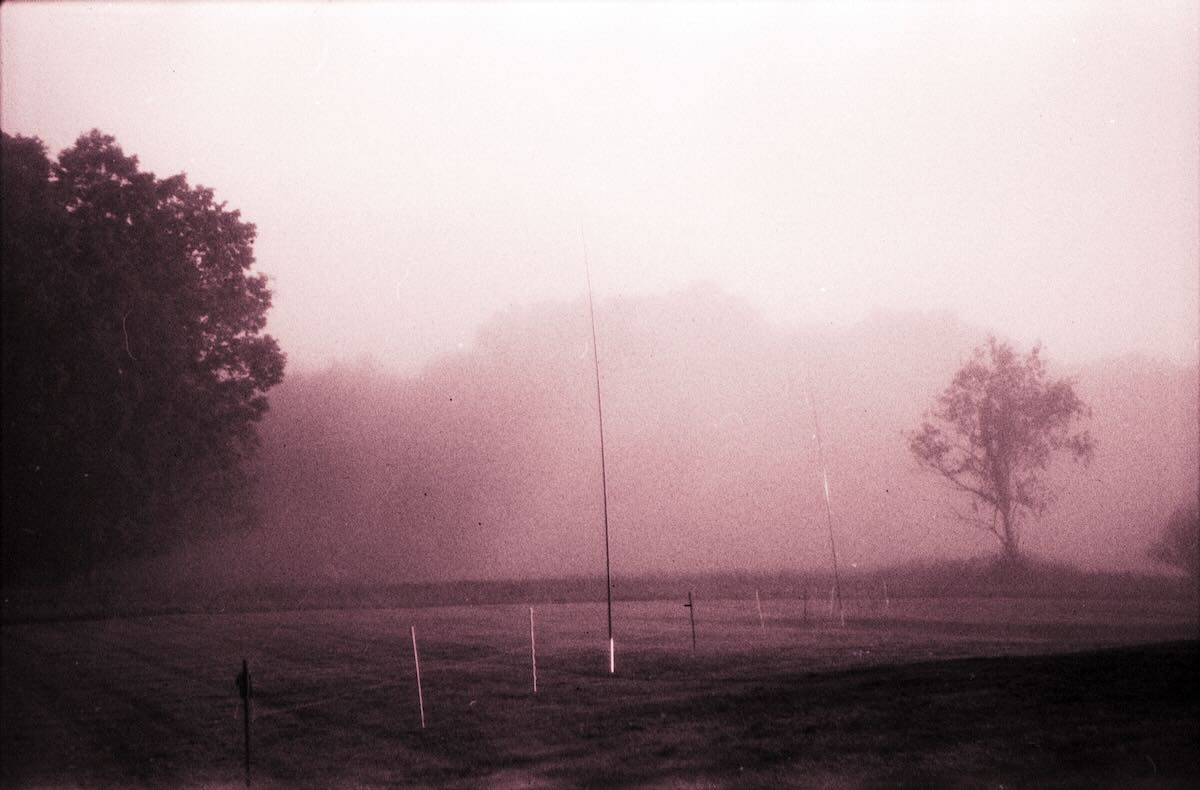
Don, excellent article!
Mike
KD5DSQ
Austin, Texas
It’s just wonderful! Congratulations! As practice shows, you do not need to go to the other end of the world to make a great expedition. The main thing is friends and desire (or vice versa)
Curious why serious SWL’ers never get ham ticket. Talking to DX stations much more enjoyable than just listening.
Skip Cuevas
N6HAO9
Actually, many of us do both. I like both the aspects of DX listening and ham radio DX.
I know many hams who really only do SWL and MW DXing even though they could two way DXing via amteur radio.
I think it just depends on one’s own personal preferences. That’s the great thing about the radio world–it’s so incredibly diverse and dynamic, there’s something in it for everyone.
Cheers,
Thomas
K4SWL
Same here, I’m into both DX listening and amateur radio. Also really dig the callsign.
I’ve not yet found a ham operator who broadcasts interesting music from his local culture, or unique indigenous programming.
It’s fascinating to read that you still was able to hear interesting stations.
Boy it was much thrilling back in the 60’s 70’s …
For those who received 4KZ from Innisfail Queensland Australia https://www.google.com/maps/place/17%C2%B031'48.0%22S+146%C2%B003'12.0%22E/@-17.5276775,146.0501874,189m/data=!3m1!1e3!4m5!3m4!1s0x0:0x3141d47dcb25830d!8m2!3d-17.53!4d146.0533333
The power is under 1 kW!
Super article, Don, and I second all of Walt’s comments! A flood of DXpedition memories come back for me too, all of them from coastal Grayland, Masset, and unique spots like Rockwork Cliffs and the top of Cape Perpetua in Oregon. One day I hope to DX from your side of the country ?
Thanks for the great write-up; you and the other fellas certainly had a wonderful experience!
73, Guy
Happy memories of so many DXpeditions I’ve attended flood back reading the article , Don. Not only on the west coast, but in Ukraine with my good friend Vlad Titarev. A few are gone now, like the unforgettable Prof John Bryant, but the rest of us are getting older and older, and it’s a little harder to get motivated to get a bit more uncomfortable than we’re used to! Still, the days and nights at Sombrio Beach, Jordan River, Tofino, and Grayland will forever reside in those happy times recesses of my mind!
Great…always nice to listen together with other enthusiasts…you can exchange your ideas and share a long awaited listening…nice article Don and I always have your adventures in Latin America in my favourites…
I am mainly a “loner” because it is no longer like a long time ago when friends organized expeditions to remote places … personally I organized two important expeditions for the Italian Radio Listening Association (AIR), of which I have been a member since 1987 to the Ponza and Ventotene islands in the Tyrrhenian Sea, central Italy, excellent places in the middle of the sea without any noise…
then there were very good friends to share our hobby “service”…
with the advent of the Internet, today’s young people prefer to be comfortable and “passively” listen to various radio channels that can be perfectly listened to thanks to streaming…
ours, on the other hand, was an exceptional job… with so many difficulties caused by propagation and electrical discharges…
one listen I remember was that of Radio 1620 AM, from Buones Aires one winter morning in Gaeta, central Italy on the Tyrrhenian Sea, as I was leaving the house to go to a distant hill, very cold, with my Sangean 909 to attempt this listening…it was an immense joy to be able to listen to his ID only with the internal ferrite of the receiver for a few minutes…nobody understands this anymore today.
Thanks to all of you dear friends … keep it up.
73. Giuseppe Morlè iz0gzw.
Ponza island. Italy.
Don,
Every time I see your byline on SWLing Post, I know it is going to be a worthwhile article. Your posts are universally, well-written, informative, and inspiring.
And, darn it, you’ve done it again!
I want to be just like you when I grow up (my Better Half says, “If” I grow up).
Well done!
Cheers, Jock